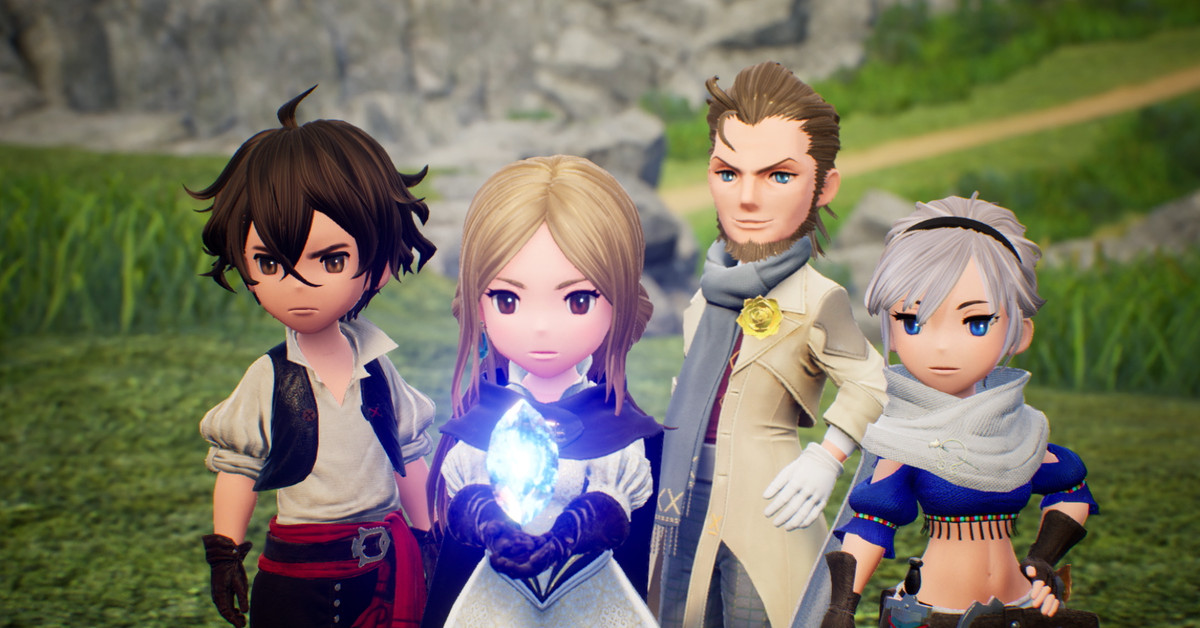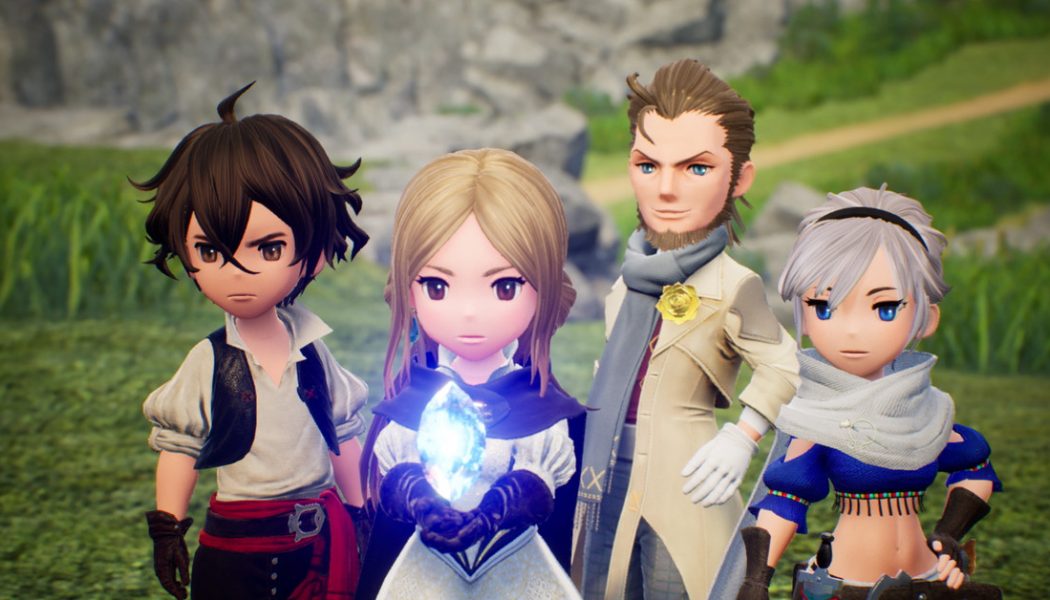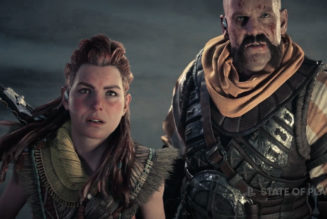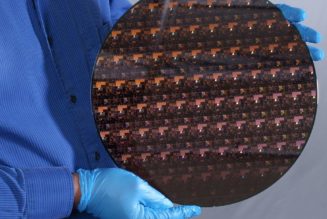
When Masashi Takahashi, a producer at Square Enix, started working on Bravely Default, he had a very specific audience in mind. Takahashi had grown up playing classic turn-based roleplaying games — he distinctly remembers watching his older brother play Final Fantasy III while he was still in kindergarten — and felt that many modern RPGs had become too complex, leaving older players behind.
“They seem kind of impenetrable,” he says of modern games. “I thought if I could make a game that was able to make [older players] recall things they liked about games when they were younger, and create a game for that type of audience, that was one thing that spurred me forward.”
The first Bravely Default launched on the Nintendo 3DS in 2014, and it was an experience clearly inspired by earlier Final Fantasy games, starring a ragtag group of heroes traveling through a fantasy world powered by four magic crystals. Its defining feature was also the reason it had such a strange name: in battle, players could choose to be “brave” or “default,” in order to go all-in on an attack or stack chances for a more opportune time. It was followed by Bravely Second: End Layer in 2016, also on the 3DS, and next week the series makes its debut on the Nintendo Switch with Bravely Default II.
The sequel takes place in a new fantasy realm and stars a new cast of heroes, but the formula is largely the same. The strange naming convention, Takahashi says, is inspired by other iconic Japanese RPG series. When a new, numbered Final Fantasy or Dragon Quest comes out, fans know it will be a brand-new adventure. Takahashi wanted the same kind of clean slate for the next Bravely Default.
One difference eagle-eyed fans might notice, however, is that while the first two games in the franchise were developed by Square Enix and a partner studio called Silicon Studio, Bravely Default II is being helmed by a relatively new company called Clay Tech Works. However, there isn’t much disconnect between the games, as Clay Tech was founded by some of the key staff from Silicon. “Although the public may be hearing of Clay Tech Works for the first time with this game, they are people we’ve worked with for a long time,” says Takahashi.
[embedded content]
Coincidentally, Shota Fukebaru, director at Clay Tech, also got his start in RPGs with Final Fantasy III at a young age. And both Fukebaru and Takahashi say that Final Fantasy V and its job system — which gave players the ability to customize their fighters by assigning specific roles, and became a key feature in the Bravely series — were extremely influential on their careers. “I remember playing that game and thinking, ‘Wow, this is something I want to do someday,’” Fukebaru says. “That’s where that dream originated for me.”
Development on the sequel faced some challenges. Like most studios around the world, the team of around 50 at Clay Tech had to adapt to working from home, finding ways to effectively communicate with each other over Zoom meetings. There was also the process of taking a series originally designed for a dual-screened device and adapting the interface to work on the Switch’s single display. Naturally, though, the change in hardware was mostly beneficial; Takahashi says the team was able to make more detailed characters and a soundtrack that wasn’t limited by the 3DS’s tiny speakers.
Takahashi also says that the team has been able to learn key lessons from each release and apply that to subsequent titles. The original Bravely Default was criticized for having poorly defined characters, for instance, something the developers tried to remedy in the first sequel. And when Bravely Second players complained that the story was a little too YA, a follow-up called Octopath Traveler focused exclusively on adult characters and themes. Finally, while Octopath had an ambitious story featuring eight different characters — hence the strange title — this meant that there wasn’t a clearly defined protagonist, something the team is aiming to fix in Bravely Default II.
The new game is also launching at a time when classic JRPGs are experiencing something of a renaissance. Outside of the Bravely series, Square Enix studio Tokyo RPG Factory has been steadfastly focused on the genre, while indie creators have explored new ideas through games like Undertale. When the creators of the classic series Suikoden crowdfunded a spiritual successor last year, it was a resounding success. For Takahashi, who has been thinking about the genre since he was a five-year-old, it’s been rewarding to see so much renewed appetite.
“This is something I’m really happy about,” he says. “Of course I really enjoy making these games — but I enjoy playing them as well.”










